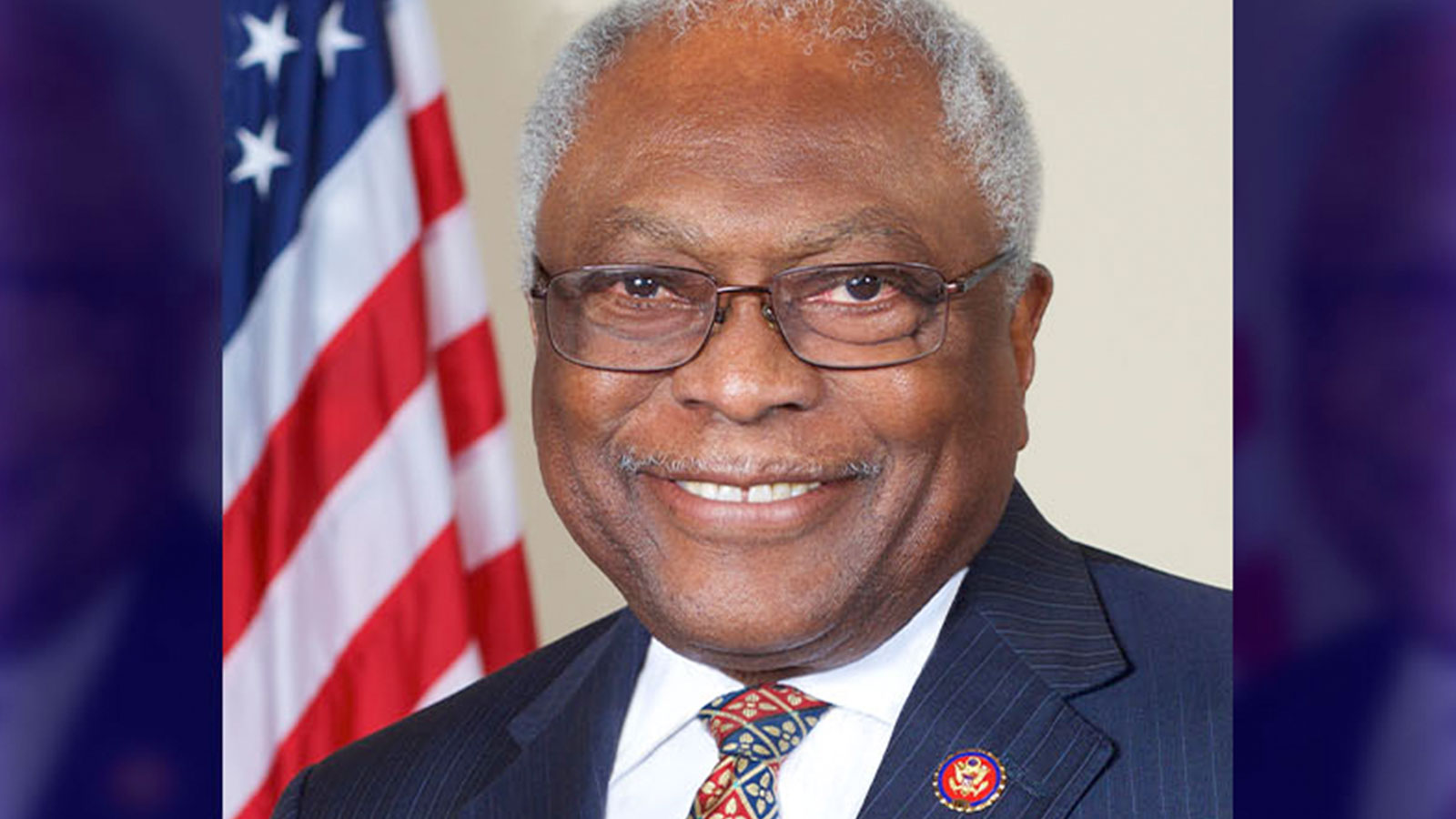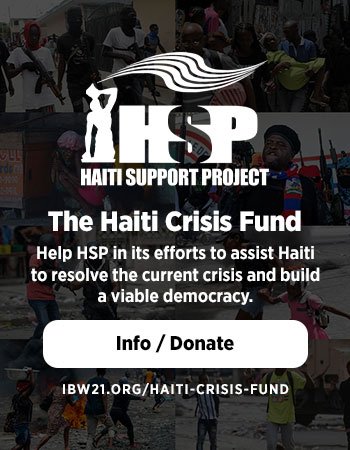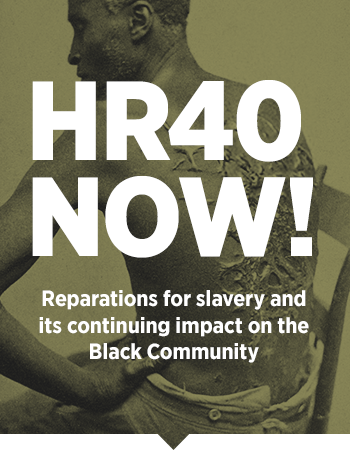By Assistant Democratic Leader James E. Clyburn (SC-06) —
There is an increased focus on “Bidenomics” as President Joe Biden and his administration implement and communicate his economic policy agenda to the American people. President Biden gave a major speech on the subject in Chicago last month. Listening to that speech, I was struck by one line in particular: “I believe every American willing to work hard should be able to say where they grew up and stay where they grew up.”
Focusing on struggling communities has been a priority of mine for many years. For too long, communities like many of those I represent have been victimized by government policies, overlooked for private investments, and neglected for economic development. President Biden understands that we must make America’s greatness accessible and affordable for everyone, everywhere.
Back in 2009, as we began to plot our recovery out of the Great Recession, I remembered how the New Deal was a raw deal for many of the communities I represent, as it largely excluded African Americans. Careful to avoid repeating that shameful history, I insisted that resources be targeted to long-struggling communities.
We came up with what we called the 10-20-30 formula, which required at least 10 percent of funds in designated accounts to be spent in persistent poverty counties, which are defined as counties that have had a poverty rate of at least 20 percent for at least 30 years. There are more than 400 such counties in America. These counties are as diverse as our country. They are majority Black in the South, majority white in Appalachia, majority Latino in the Southwest, and majority Native American in the Great Plains. Far more are represented by Republicans than by Democrats.
The Recovery Act applied the 10-20-30 formula to three rural development accounts: the Rural Community Facilities Program Account, the Rural Business Program Account, and the Rural Water and Waste Disposal Program Account.
The results were impressive. According to the USDA, the 10-20-30 formula was responsible for funding 4,655 projects totaling nearly $1.7 billion in persistent poverty counties. These projects ranged from drinking water infrastructure in Orangeburg County, South Carolina, to a public safety building in New Madrid County, Missouri, to a “green” administration building for a tribal housing authority in Pine Ridge, South Dakota.
We increased the number of accounts subject to the 10-20-30 formula from the 3 in the Recovery Act to 15 for the past several years. Billions of federal dollars have been invested under these provisions, and the benefits have continued. Funded by a USDA Community Facilities Grant, the Bamberg-Barnwell Emergency Medical Center opened in 2019 in rural South Carolina, filling an essential need in two communities where two hospitals had closed in 2012 and 2016.
Roosevelt County Electric Cooperative in New Mexico took advantage of the formula to improve reliability and affordability, and the Turtle Mountain Band of Chippewa Indians received a $1.4 million water and waste disposal grant to improve the water infrastructure on their reservation.
A more recent investment by the Economic Development Administration at the Department of Commerce illustrates the promise of these targeted investments in persistent poverty counties. An EDA grant of nearly $4 million was awarded to Panola County, Mississippi, to support the county, and I’m quoting the Department, “with renovating a former outlet mall building for use as a workforce training center that will serve North Mississippi.” That is what the 10-20-30 formula is all about.
Our work to target funds to distressed communities has not stopped with the 10-20-30 formula focused on persistent poverty counties. We recognize that county poverty rates are not necessarily the best metric by which to assess the level of need in urban areas, so we have set aside funds for both persistent poverty counties and high-poverty census tracts, including in the Rebuilding America’s Infrastructure with Sustainability and Equity (RAISE) Grant program. Late last month, a $22.8 million RAISE grant was awarded to build a pedestrian bridge and multi-modal transit hub in Orangeburg, South Carolina, to connect downtown with surrounding neighborhoods and two HBCUs, South Carolina State and Claflin. This investment will be transformational for that community.
We have been working to target resources to communities in need across the entire federal government while recognizing that different targeting measures will work better for different programs. Last Congress, we developed and introduced the Targeting Resources to Communities in Need Act, which would direct the Office of Management and Budget to work with agencies to take steps to better target funds to struggling communities and report to Congress on the steps that they have taken and the results that they have had.
Senator Cory Booker (D-NJ) and I introduced this legislation on a bipartisan basis last year with Hal Rogers (R-KY-05) in the House and Rob Portman (R-OH) in the Senate. It passed the House and was marked up in the Senate. It came up just short of being enacted into law, but our work continues. We have achieved remarkable progress. We cannot help struggling Americans unless we help the communities they call home.
We have a president of the United States who understands that. His vision of a country where “every American willing to work hard should be able to say where they grew up and stay where they grew up” is within reach.
Featured image: Assistant Democratic Leader James E. Clyburn (SC-06)














